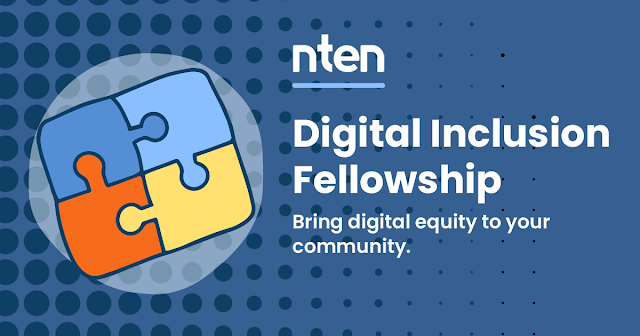Once upon a time, you could only access the internet by plugging into it; and back in the day you even had to dial in before you could log on! Wi-Fi technology has only been around since 1997. Now it’s hard to imagine a world without Wi-Fi networks around us almost everywhere. But how does it work and more importantly, how can you get the most out of your home Wi-Fi network? We get these questions a lot, but the answers can help no matter where you get internet.
Understanding bandwidth
Bandwidth is key to making the most of your internet, and it refers to the amount of content your internet can handle. Let’s use actual traffic to make this a little clearer—A three lane highway can only accommodate so many cars and trucks before it backs up and creates a traffic jam. And every car is different. There are zippy cars, slow cars, and semi trucks. Each takes up a different amount of room and drives at a different speed — but the three lane highway can’t just magically turn into a four lane highway to accommodate an overload of cars and trucks when things get too slow-moving on the three lane highway.
Similarly, you can think of your Wi-Fi network as a highway. It has a set amount of lanes (bandwidth [measured in megabits or gigabits of upload or download speeds, depending on your plan]) and can only support a certain amount of traffic (your devices) without slowing down just like that highway traffic jam. Certain devices, like a 4K streaming TV, take up a lot of room (bandwidth) on Wi-Fi, because it requires a lot of power to be able to download 4K video on demand (which is why you might want to hardwire devices like this). Other devices, like your Wi-Fi enabled lightbulb, don’t take up as much space on your internet connection because they don’t need much bandwidth.
It’s important to remember that your 1 Gig plan, 2 Gig plan, or whatever plan you have from a provider doesn’t mean each device gets the full bandwidth of your Wi-Fi connection — they all share it. So if you’ve got 41 devices running in your household like I do, you’re probably using a lot of internet. But there are things you can do to get more out of your Wi-Fi network:
Get multiple access points.
If you only have a solitary router trying to create a Wi-Fi network to cover a spacious home or apartment (or one with thick or brick walls), you’re likely to experience more interruptions over your Wi-Fi network. Setting up a mesh network that fits the size and needs of your home can speed up the internet across your home. Which is why our 1 Gig and 2 Gig plans include mesh networking capability.
For me, I wanted to be able to catch up on the news while getting ready in the morning…which meant ensuring my home network covered my bathroom seamlessly. Figure out where you need (or just want) your internet (you can get information about how your routers and extenders are working by calling our service agents or, if you are 2 Gig customer, through the Google Fiber app), and adjust your Wi-Fi network to make room for the things that are important to you. This is also something our installers help our customers do when they are doing installations.
Frequencies matter
There are two different radio frequencies used by Wi-Fi. One is the 2.4 Ghz spectrum and the other is the 5.0 Ghz spectrum. Both frequencies have been in use for many years and offer a few pros and cons to keep in mind.
The 2.4 Ghz band (the older of the two) tends to propagate to more areas, meaning it offers wider coverage than the 5.0 Ghz band. That said, while it may go further, it does so with considerably less bandwidth than 5.0 Ghz. This means 2.4 Ghz is great for devices that don’t require a lot of bandwidth, like a smart light, but less than ideal for bandwidth-intense devices like a smart TV. In fact, a modern smart TV will likely see some buffering if connected to a 2.4 Ghz network.
5.0 Ghz is really just the inverse of 2.4 Ghz. It offers less range, but packs enough bandwidth to power most of today’s Wi-Fi devices like your laptop or smartphone.
The good news is that most routers and devices will try to auto-connect to the appropriate frequency. That said, if you’re on the outer edges of your Wi-Fi coverage area, you may notice your device can only connect to the slower 2.4 Ghz frequency as you’re out of range of the 5.0 Ghz.
While 2.4 Ghz and 5.0 Ghz are the primary spectrums for Wi-Fi today, a third is beginning to hit the market as well. The latest Wi-Fi 6E enables use of the 6.0 Ghz frequency. That is unlocking even faster Wi-Fi speeds on compatible devices.
Take a load off
Hardwiring is always going to give you faster internet speeds (back to that 4K TV) — it’ll also take demanding devices off your Wi-Fi and in turn, will make room for your other devices. So hardwire your gaming console or ancient printer if you can. It’ll give your partner more room to have that seamless video call, and they’ll thank you for that.
Posted by Nick Saporito, Head of Commercial Strategy

.jpg)

.jpg)

